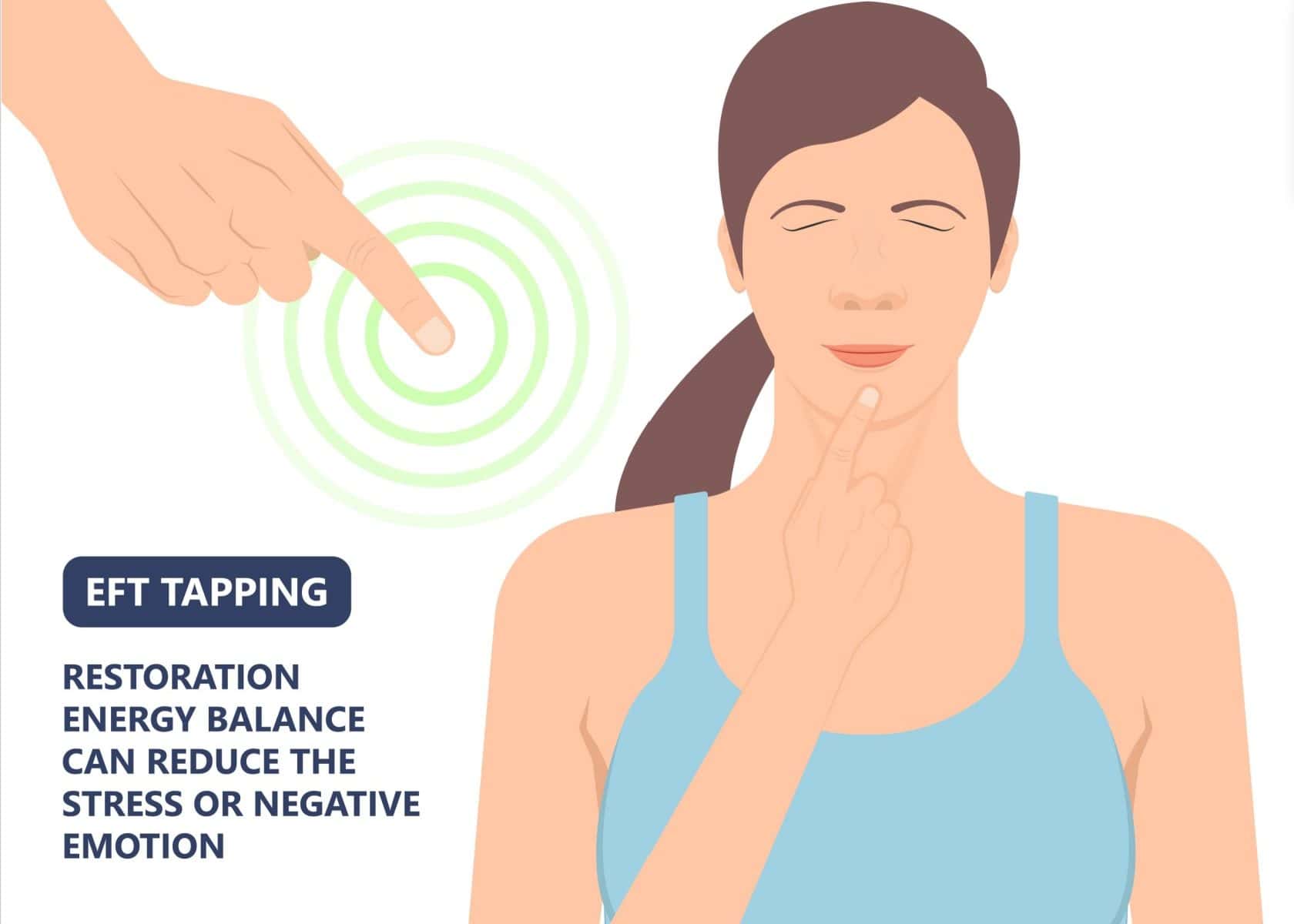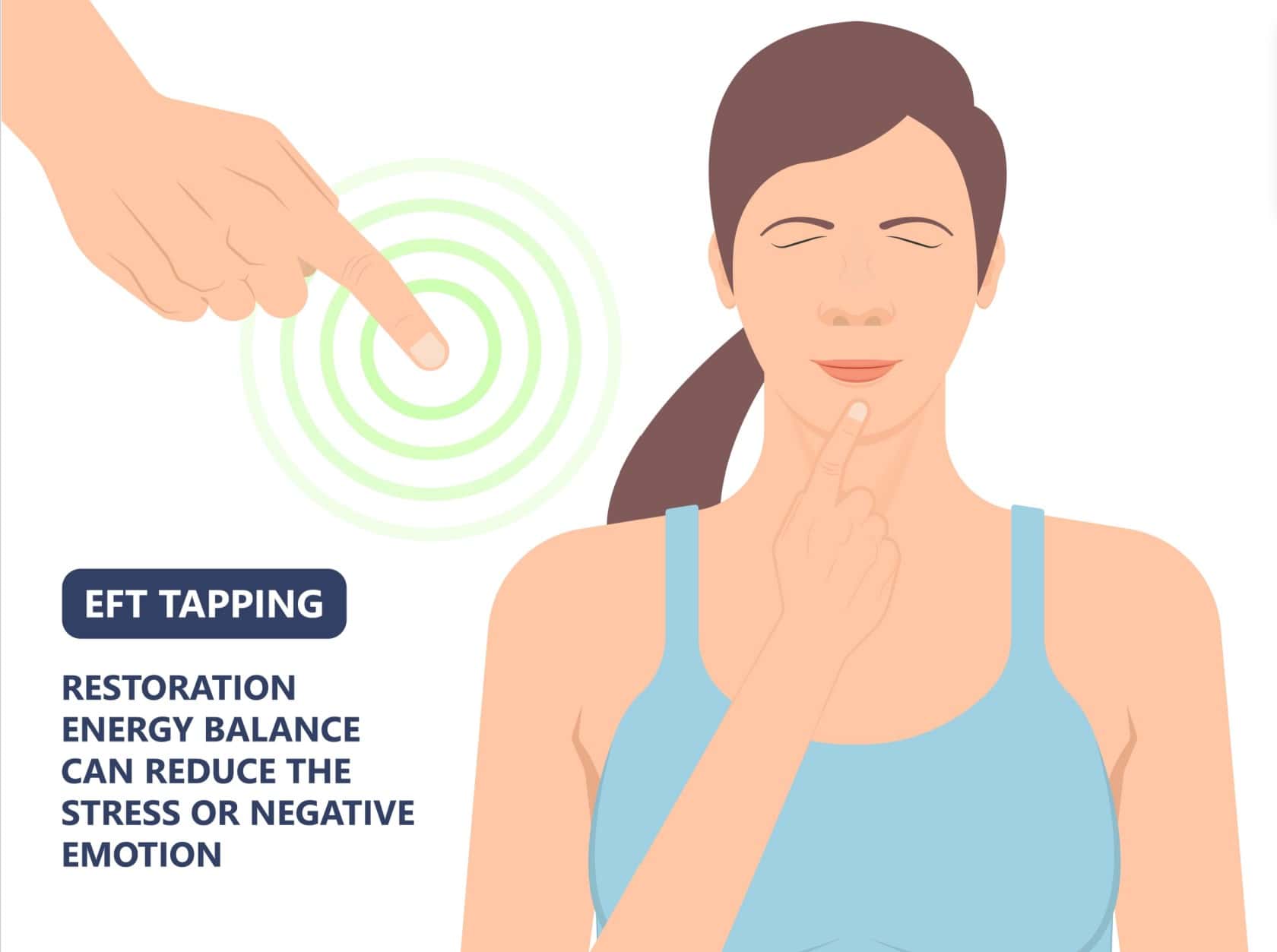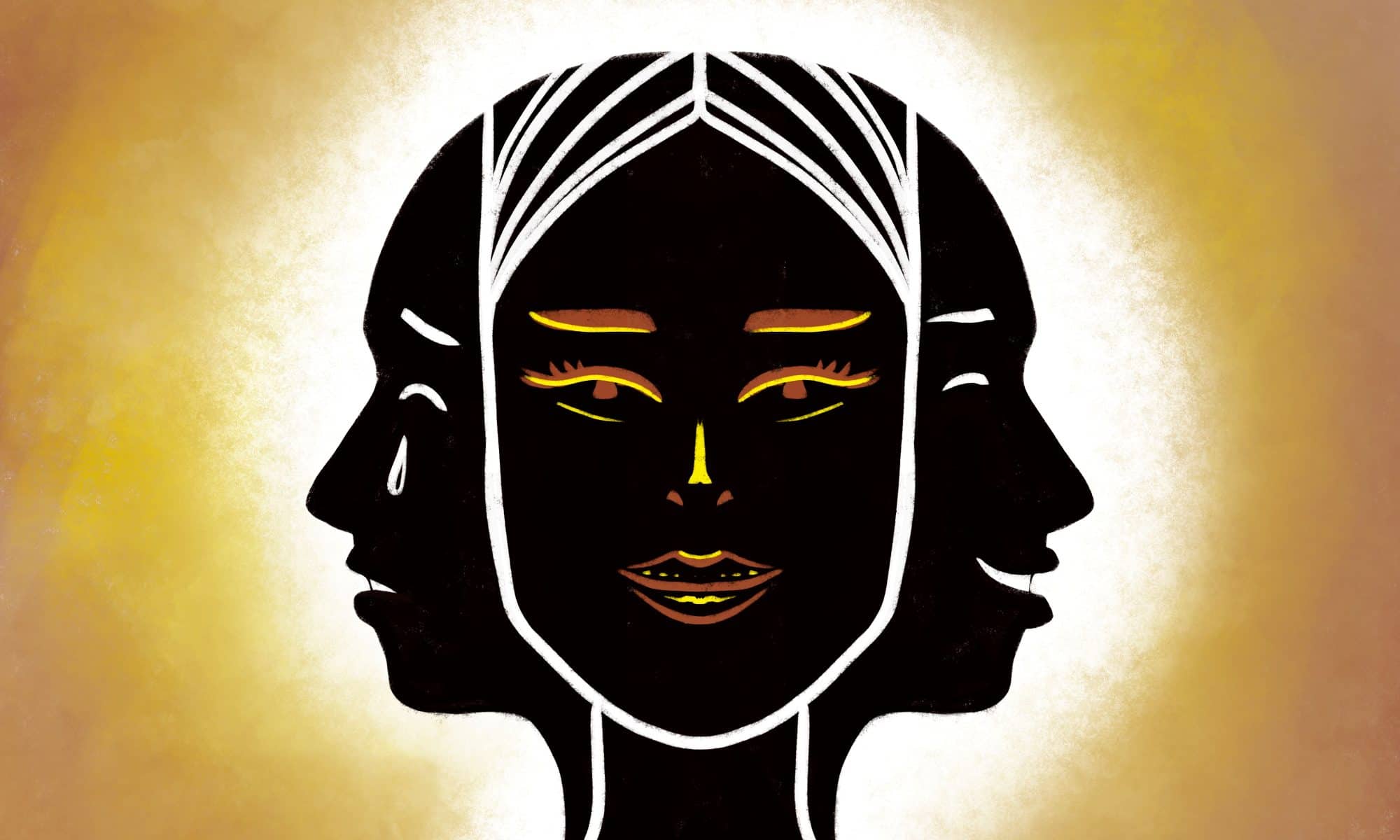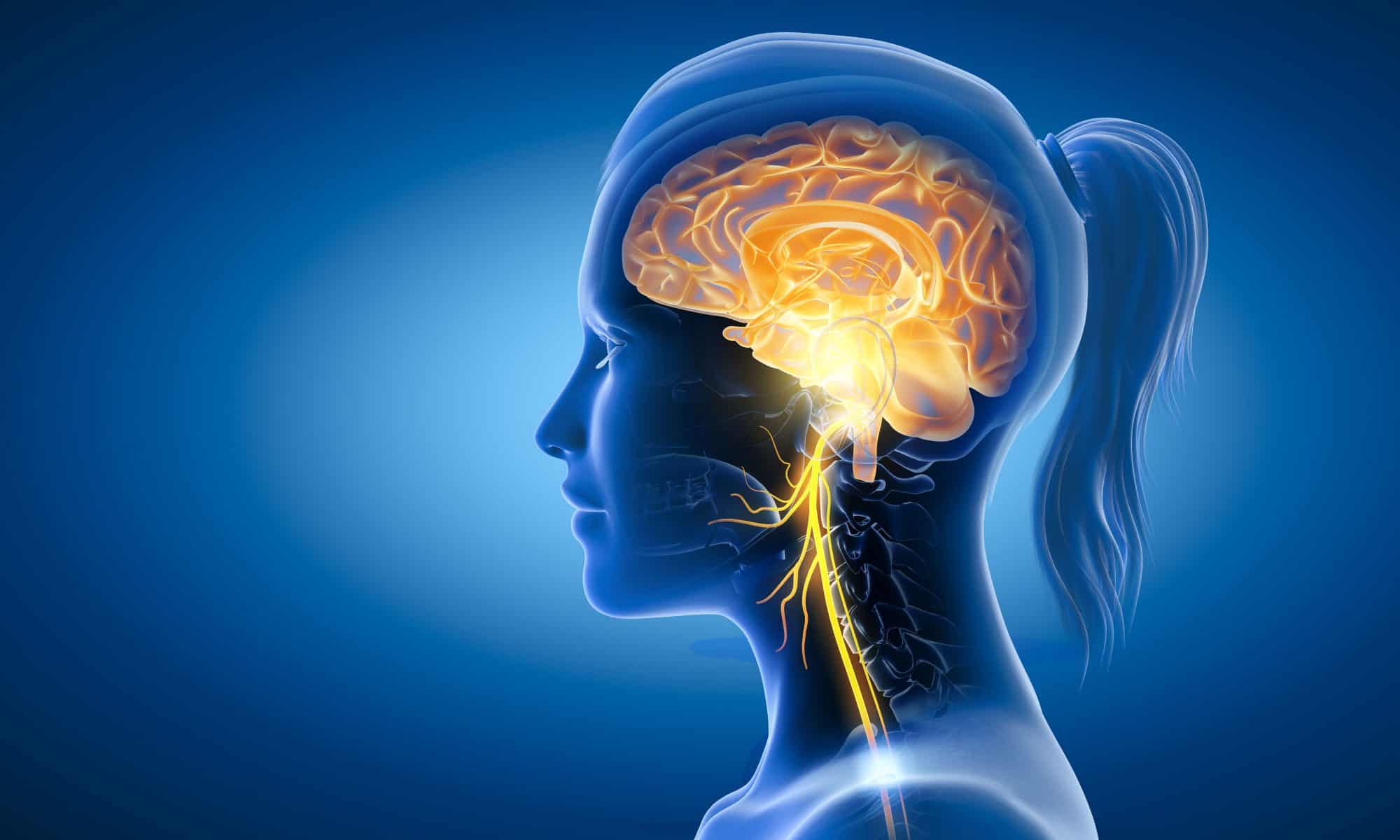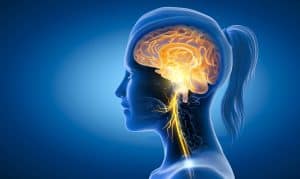
Are you looking for a natural remedy for panic attacks and anxiety? These sudden bouts of intense fear peak within 10 minutes and subside in another 10. They can occur as frequently as once a week or once a year, last for just a few minutes and leave you feeling like you can’t catch your breath. As one of the most common anxiety disorders, panic attacks often strike those who experience general anxiety the most.
Many people with panic attacks also suffer from depression, agoraphobia, or social anxiety. Even though there is no cure for generalized anxiety and panic attacks, there are some simple changes you can make to help combat these feelings. These food supplements target the underlying causes of stress and anxiety by changing your diet, exercise routine, sleep habits, stress management techniques and spiritual practice. Here are my favorite foods, supplements, and herbs as natural treatments for panic attacks and anxiety.
Diet And Nutrition For Anxiety
There is a lot of research that suggests that our diet and nutrition are related to our stress levels, anxiety, and mood. The Paleo diet and the Mediterranean diet have been shown to reduce anxiety, stress, and depression. Certain foods have a direct impact on anxiety, too and serve as a natural remedy for panic attacks and anxiety.
Here’s a look at how different vitamins, minerals, and nutrients can impact anxiety and help soothe our stress:
- Protein for neurotransmitter balancing. Amino acids like tryptophan are precursors for serotonin and dopamine that can help ease stress and anxiety.
- Magnesium for relaxation. This mineral is needed for more than 300 biochemical reactions in the body, including helping with muscle and nerve function.
- The B vitamins for mood regulation. B vitamins are used in the creation of serotonin and melatonin, which are neurotransmitters that regulate mood.
- Zinc for stress management. Zinc is needed to create the stress hormone cortisol and dopamine.
Exercise For Anxiety Relief
Exercise is among the best ways to get a handle on your anxiety and work to improve your mood. It releases feel-good endorphins, or the chemicals that act as natural mood stabilizers. Exercising also helps you sleep better by lowering cortisol levels, otherwise known as stress hormones, and releasing valuable norepinephrine, which is helpful to fall asleep soundly.
Research shows that aerobic exercise is particularly helpful for managing anxiety. For example, one study found that aerobic exercise helped people with generalized anxiety disorder reduce their symptoms by 40%. The most important thing is to find a type of exercise you enjoy, because that will make it more likely you’ll make it a regular part of your life. If you’re not used to regular exercise, start out slowly and avoid exercising right before bedtime so you’ll be more likely to fall asleep. Start with 30 minutes a day and work your way up from there.

Re-Evaluating Your Relationships to Reduce Anxiety
Working toward reducing anxiety and panic attacks also means taking an honest look at the relationships and situations in your life that are no longer serving you. It may be time to re-evaluate your relationships that are contributing to your stress, say goodbye, or establish firm boundaries.
- Consider distancing yourself or taking a break from a friend who is always complaining or bringing you down.
- Try to lighten the mood or redirect conversations or activities with a friend or family member that is dealing with stress or taking things too seriously.
- Explore ending a relationship with a friend or family member as peacefully as possible if it’s become toxic or harmful to your mental health.
- Look into speaking to a career counselor if your job or career causes excessive anxiety and unhappiness.
You can also work on coping strategies to help reduce your anxiety, like taking a break from stressful news or cultivating mindfulness.
Try Breathing Exercises
Breathing has been shown to reduce anxiety by increasing the amount of magnesium in the body. Why? Our bodies use magnesium to help control our breathing processes.
Try sitting in a quiet area of your home and focus on your breathing. Breathe in through your nose and exhale through your mouth. Breathe at a normal pace, but slow down if you find you’re breathing too fast. Work to relax the muscles in your arms, legs, and face. Close your eyes and keep breathing and relaxing for at least 5 to 10 minutes every day, especially when you’re experiencing times of anxiety.
Make Yoga Part Of Your Routine
Yoga can also make an impact on helping you feel at ease while cultivating a mindfulness routine. It may even serve as a natural remedy for panic attacks and anxiety if you do it regularly. If you have anxiety, start out with a gentle yoga class that’s designed for beginners. Starting with an intense yoga routine can actually make your anxiety worse than before. Some yoga poses are more helpful than others for anxiety, including the cobra pose, warrior pose, tree pose, and cat pose.
Supplement With Vitamin B And Magnesium
It’s important to note that none of these supplements for panic attacks you try will work overnight. Therefore, it’s a good idea to continue these practices for at least a few months. Once you see positive results, it will be much easier to keep up the healthy habits.
Vitamin B Deficiencies Can Cause Anxiety
Vitamin B is a crucial nutrient that’s needed to metabolize serotonin. Deficiencies in vitamin B have been shown to cause anxiety, so it’s important to get enough vitamin-rich foods for panic attacks. Vitamin B is found in foods like fish, eggs, whole grains, legumes, and some vegetables.
Magnesium Can Help Manage Anxiety
Magnesium can be found in almonds, cashews, dark chocolate, pumpkin seeds, and spinach and helps manage anxiety. Add it as your go-to food for panic attacks to help regulate your body’s neurotransmitters like GABA. It works to promote relaxation, lower cortisol levels, and can enhance your mood.
Some Herbs & Tinctures That Can Reduce Anxiety
These are some wonderful herbal options for anxiety that can appease and relax your stress and anxiety.
Motherwort
Spiritually, mothewort is all about inner trust; it calms the nervous system, improves mood, and works as a sedative to help you sleep and reduce anxiety. It can also soothe lung issues and could help heart disease and is shown to be antiflmafmmatory. It’s possibly a thyroid suppressor. Nervines support and relax the nervous system while nourishing and strengthening it. They fortify the “Vital Spirit” and gently support the kidney and liver networks, as if Mother Earth is hugging you.
Chamomile
Of all the herbs for anxiety you hear about, chamomile is the most popular on the shelf. It’s one of the most effective sleep aids and can help you relax. You should keep in mind that the ragweed family can create an allergy or worsen their existing symptoms. Chamomile can also be a part of your own healing garden that’s used to nurture your mind and spirit.
Banyan “I Sleep Soundly” – Valerian, Skullcap
Valerian and skullcap work harmoniously together for deep rest and relaxation. Valerian is often called “nature’s tranquilizer” and is known for its sedative effects that make it a go-to for sleep support and can help ease anxiety. Skullcap is a nervine tonic that soothes frazzled nerves and can quiet racing thoughts to promote emotional balance. When they work together, they calm the nervous system for a restful sleep and may support thyroid function.
There are many other herbs and natural supplement options that can help – and you may wish to look into a Traditional Chinese Medicine course of treatment to support your healing.
All of these will work alongside any necessary changes you may need to make in your life, as I mentioned above.

You Aren’t Alone
Having an anxiety or panic attack can be a terrifying experience, and it can also leave you feeling like you’re losing your mind. But with the right treatment and self-care, you can feel better and regain control of your life.
There are a lot of misconceptions about anxiety and panic attacks, so it’s important to address these issues in order to reduce stigma. It’s also important to remember that these feelings are completely normal and that you aren’t alone. You can reduce anxiety, panic attacks, and stress in your life by making some simple changes to your diet, exercise routine, sleep habits, and stress management techniques.
Hopefully exploring a natural remedy for panic attacks and anxiety with these foods, supplements, and herbs can help you find some relief.
Meet Paul Wagner
Paul Wagner is an Intuitive Life & Business Coach, clairvoyant reader, and five-time EMMY Award-winning writer. He created “THE PERSONALITY CARDS,” a powerful Oracle-Tarot deck that’s helpful in life, love, and relationships. Paul studied with Lakota elders in the Pecos Wilderness, who nurtured his empathic abilities and taught him the sacred rituals. He has lived at ashrams with enlightened masters, including Amma, the Hugging Saint, for whom he’s delivered keynotes at Her worldwide events.
Paul tours the world lecturing on spiritual liberation. He lovingly offers intuitive readings, inspirational coaching, and illuminating courses to help others with self-discovery, decision-making, healing, and forgiveness. Book a session with Paul: HERE.










